What is Load Balancing: Definition, How It Works, Algorithms, and 4 Advantages

In the fashionable world, on-line pace and availability is all the pieces. Think about while you attempt to entry your favourite web site and have to attend hours only for one web page to load. That have to be actually annoying, proper?
Nicely, load balancing has change into one of many keys on this planet of contemporary technology and makes your expertise in our on-line world clean and responsive.
On this article, we’ll look at extra deeply what load balancing is, and the way this know-how performs a job in maintaining the digital world working easily. Come on, see the dialogue!
5 Best Cloud Security Tips Every Organization Should Follow
What is Load Balancing?
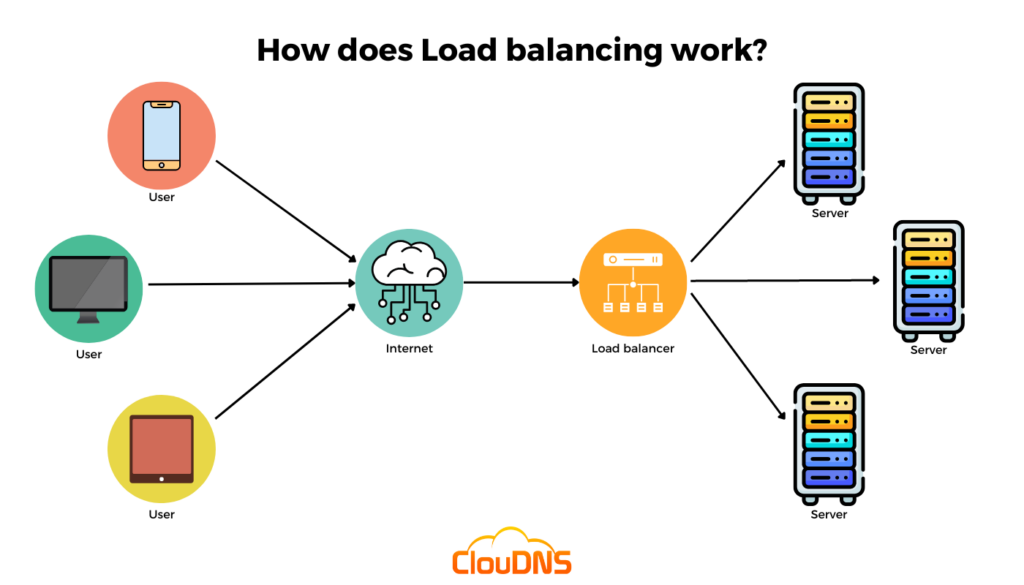
Load balancing is an answer that you would be able to implement to stabilize your web site server and keep away from disruptionsdowntime when there’s a spike in visitors (web traffic).
In easy phrases, the which means of load balancing is a method utilized in computing and networking to distribute visitors evenly between a number of computing assets or servers.
In doing so, load balancing is dealt with by a tool referred to as a load balancer.
A load balancer is a part or gadget used to distribute network traffic evenly throughout plenty of servers or computing assets in a pc system or network.
The operate of a load balancer is to enhance total software efficiency by decreasing the load on the related servers. That is completed by managing and sustaining software and network sessions, in addition to by performing application-specific duties.
This load balancer may also preserve your system connectivity by deciding which server is ready to work higher and optimally.
With a load balancer, the system is ready to detect which connections have the fewest, finest response occasions, and which servers will not be busy.
Load balancers play an vital position in sustaining computing safety as a result of they’ve a operateoff-load able to defending purposes from DDoS assaults.
Aside from that, the advantages of a load balancer embrace:
- Minimizes the chance of server downtime resulting from overload
- Filter spam interference
- Present safety
- Stop DDoS assaults.
In doing so, load balancers assist optimize community efficiency, reliability, and capability, decreasing latency as requests are distributed evenly throughout a number of servers and computing assets.
How Load Balancing Works
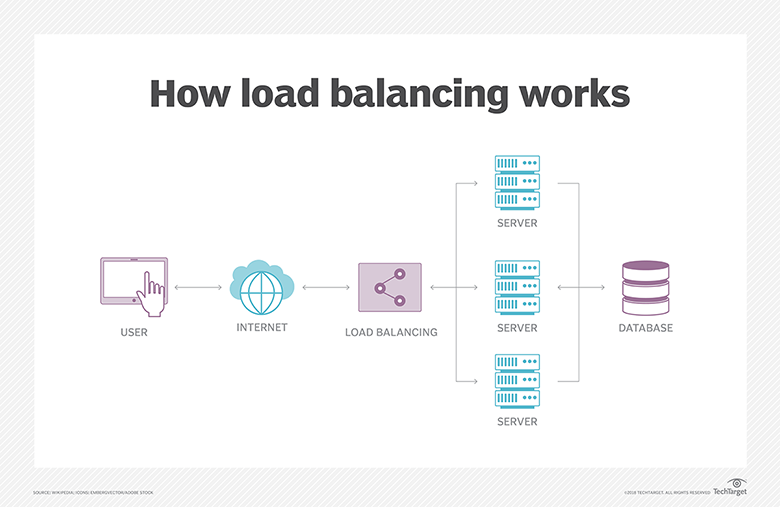
After understanding the which means of load balancing, you have to be questioning, how does load balancing work?
As we now have mentioned, the operate of load balancing is to optimize system efficiency, stoppingoverload on a single useful resource, and enhance service availability.
If one server goes down, the load balancer redirects visitors to a different obtainable on-line server. When a brand new server is added to a server group, the load balancer robotically begins sending requests to that server group.
Along with maximizing network capability and making certain excessive efficiency, load balancing additionally suppliesfailover.
If one of many servers fails, the load balancer will instantly shift its workload to the backup server, decreasing the impression on finish customers.
A load balancer, whether or not bodily or software program primarily based, sits between the server network and the web. When customers click on on a URL of their browser,load bouncer determines which servers can be found to course of requests after which redirects visitors to these servers. That is to make sure that no server is overwhelmed.
Load balancers additionally make it straightforward to scale infrastructure by including servers rapidly and dynamically in response to visitors spikes. When demand is low, servers can simply disconnect.
Load Balancing Algorithm
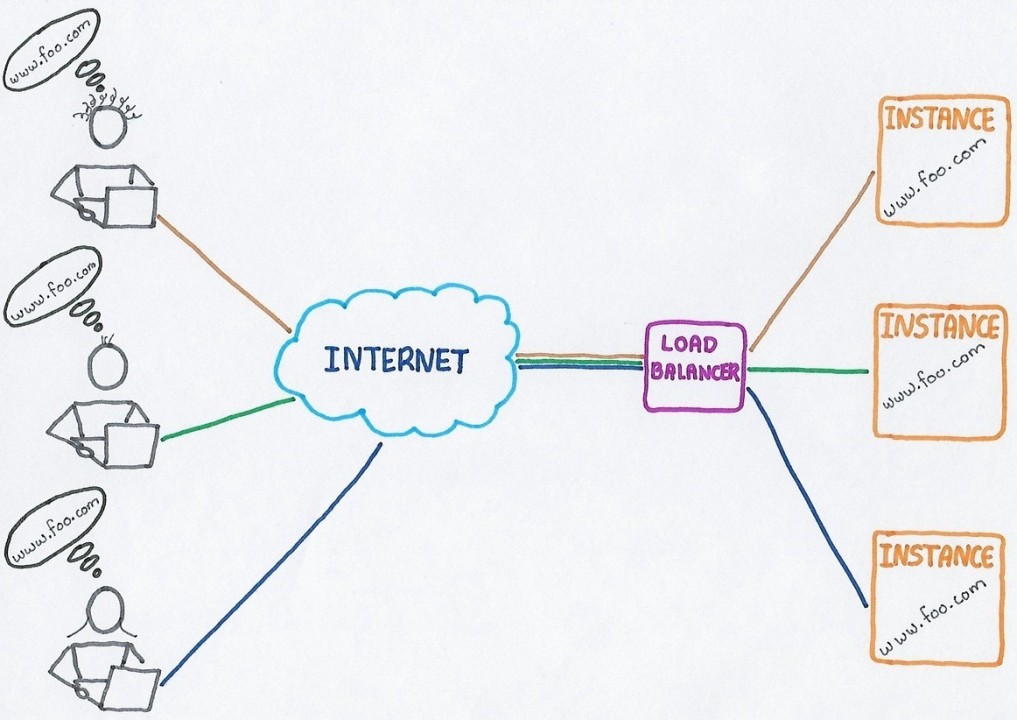
Load balancers use a number of totally different algorithms to carry out network visitors control (network traffic), which goals to distribute the load intelligently or maximize the work of server members.
A load balancing algorithm is a algorithm {that a} load balancer follows to find out the most effective server for every totally different request.
Completely different load balancing algorithms present totally different advantages too. The selection of load balancing methodology is dependent upon your wants. Due to this fact, you have to perceive a number of present load balancing strategies, resembling:
1. Round Robin
Round robin is the only algorithm and is extensively utilized by load balancing units. This methodology will ahead your request alternately to every obtainable server. Every server will obtain requests within the order in keeping with the predetermined server record.
2. Least Connection
Because the title suggests, the least connection methodology directs visitors to whichever server has the fewest variety of lively connections. That is helpful during times of heavy visitors because it helps preserve even distribution among all obtainable servers.
3. Least Response Time
This methodology directs visitors to the server with the fewest variety of lively connections and the bottom common response time.
4. Least Bandwidth
This methodology calculates inside visitorsmegabits per second (Mbps), then sends consumer requests to the server with the least Mbps visitors.
5. IP-Hash
A load balancer makes use of a person’s or supply IP deal with (e.g. supply IP deal with or vacation spot IP deal with) to direct requests to a particular server. That is helpful in some instances when it’s needed to take care of constant person periods.
Load Balancing Type
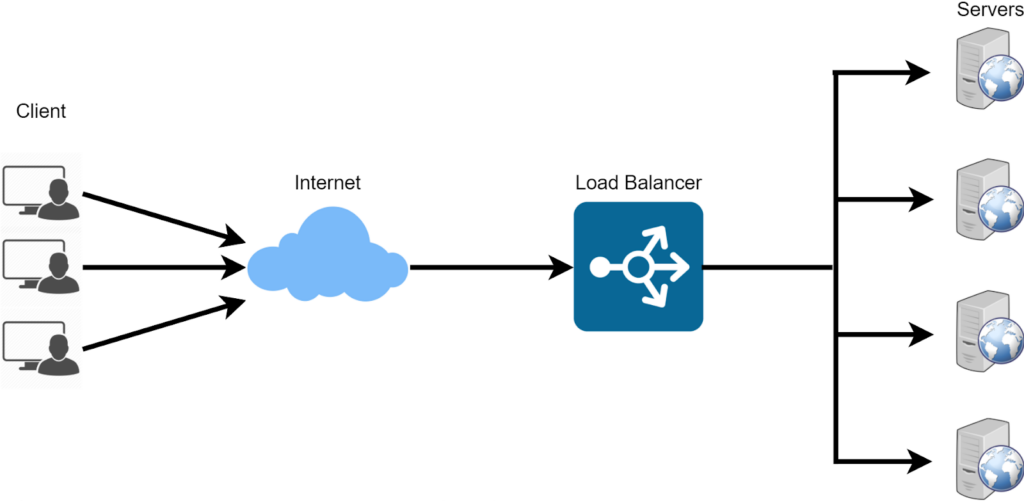
After realizing the strategies, you additionally need to know the forms of load balancing that exist. Typically, there are three forms of load balancing, particularly:
1. Software Load Balancer
The primary kind of load balancing is a software load balancer. To make use of it, one of these load balancer software should first be put in in your server. This sort is understood to be way more inexpensive and versatile than different forms of load balancers.
2. {Hardware} Load Balancer
Because the title suggests, {hardware} load balancers depend on native bodily {hardware} to distribute software and community visitors. These units can deal with massive volumes of visitors however typically have a steep price ticket and are fairly restricted in flexibility.
3. Virtual Load Balancer
Virtual load balancers are totally different from software program load balancers as a result of these load balancersdeploy load balancing {hardware} gadget software on digital machines.
Benefits of Load Balancing
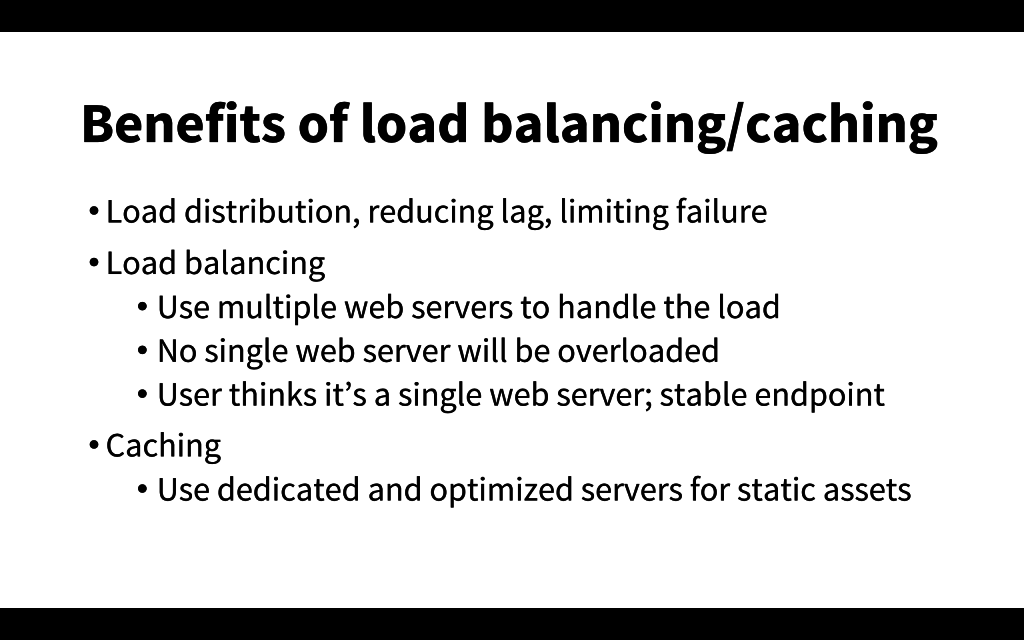
1. Cut backDowntime
Load balancing works by redirecting visitors from a failed server or useful resource to a different obtainable server. That method, load balancing may help scale backdowntime and enhance total system availability.
2. Improve Performance
By dividing workloads amongst a number of servers, load balancers can enhance total software efficiency, scale back response occasions, and guarantee uptime (uptime) higher.
3. Scalable
Load balancing permits you to scale your system horizontally, by including extra servers or assets to the load balancer. This may help be certain that the system can deal with elevated visitors or workload, and might assist development and growth.
4. Redundancy
A load balancer will be configured to direct visitors to a backup server if the first server experiences issues. This enables for a excessive degree of redundancy within the infrastructure.
DBalance: An Agile Load Balancer to Optimize System Traffic
How? Are you curious about utilizing a load balancer in your web or application?
In case you are in search of a cloud computing service supplier with a dependable load balancer, DCloud has itDBalance as a superior resolution particularly designed to enhance and handle your internet or software!
With DBalance, you’ll be able to distribute incoming visitors throughout your server infrastructure to enhance the provision, efficiency and reliability of your purposes and web sites at scale, so you’ll be able to be certain that your web or application runs easily always.
DBalance from DCloud may help your system operations, with its benefits, resembling:
- Visitors administration
- Has a easy and intuitive management panel
- Has a whole monitoring system
In an ever-changing digital world, load balancing stays an vital component in sustaining dependable software efficiency and network infrastructure.
By implementing load balancing intelligently, you’ll be able to guarantee excessive availability, scalability, and optimum person expertise.
So what are you ready for? Come on, instantly enhance the efficiency and administration of your internet and purposes through the use of trusted cloud computing companies from DCloud, with its dependable load balancer, particularly DBalance!






